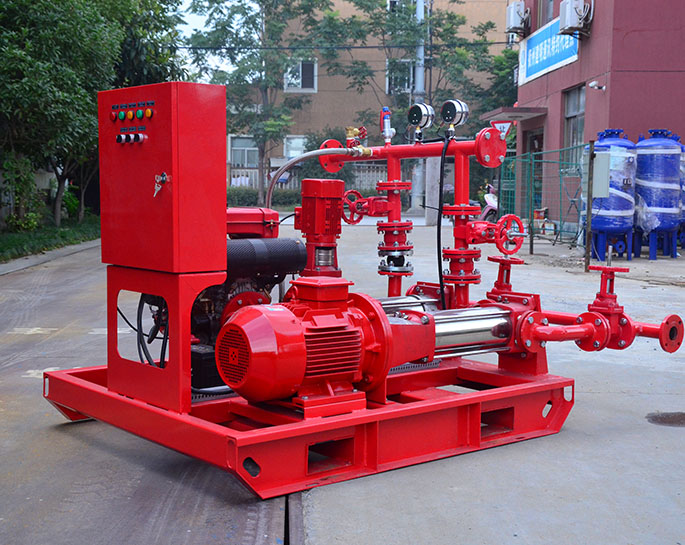What are the maintenance rules for fire pumps?
Maintenance rules for fire pumps are essential to ensure that these critical systems remain in proper working condition to effectively protect lives and property. The following are general maintenance rules to consider for fire pumps:
-
Follow Manufacturer's Guidelines:
- Adhere to the manufacturer's recommended maintenance schedule, procedures, and guidelines. Manufacturers provide specific instructions for maintenance intervals and tasks based on the design and specifications of their pumps.
-
NFPA Standards Compliance:
- Follow the maintenance requirements outlined in the relevant National Fire Protection Association (NFPA) standards, such as NFPA 20 (Standard for the Installation of Stationary Pumps for Fire Protection) and NFPA 25 (Standard for the Inspection, Testing, and Maintenance of Water-Based Fire Protection Systems).
-
Routine Inspection:
- Conduct regular visual inspections of the pump, its components, and its surroundings. Look for signs of leaks, corrosion, loose connections, and other potential issues.
-
Lubrication:
- Lubricate moving parts as per the manufacturer's recommendations. This includes bearings, shafts, and other components that require lubrication to reduce friction and wear.
-
Cooling System Maintenance:
- Maintain the cooling system to prevent overheating. Clean cooling fins, ensure proper airflow, and address any issues with the cooling system promptly.
-
Electrical System Check:
- Inspect electrical components, wiring, and connections. Test control panels and alarms to ensure they are functioning correctly.
-
Seal and Gasket Inspection:
- Regularly check seals, gaskets, and packing for leaks or deterioration. Replace them if needed to prevent leaks that can affect the pump's performance.
-
Alignment and Vibration Monitoring:
- Check for proper alignment of the pump and motor. Implement vibration monitoring to detect excessive vibrations that could indicate misalignment or mechanical issues.
-
Flow and Pressure Testing:
- Regularly test the pump's flow and pressure performance to ensure it meets the specified requirements. This helps confirm that the pump is capable of delivering the necessary water volume for fire suppression.
-
Suction and Discharge System:
- Inspect suction and discharge lines for obstructions, leaks, and blockages. Ensure proper valve operation and functionality.
-
Documentation and Record-Keeping:
- Maintain thorough records of all maintenance activities, inspections, tests, and repairs. Documentation helps track the pump's history and facilitates compliance with regulations.
-
Training and Certification:
- Ensure that personnel responsible for maintaining the fire pump are trained and certified in accordance with industry standards. Proper training ensures tasks are performed safely and effectively.
-
Emergency Preparedness:
- Have a contingency plan in place to address pump failures during emergencies. Consider backup systems, redundancy, and emergency procedures.
-
Corrosion Control:
- Take measures to prevent and control corrosion. Use corrosion-resistant materials and coatings to protect pump components from deterioration.
Remember that maintenance requirements can vary based on the type of fire pump (vertical turbine, horizontal split-case, etc.), the environment it operates in, and the regulations applicable in your region. Always refer to the manufacturer's guidelines and relevant industry standards for the most accurate and up-to-date maintenance rules for your specific fire pump system.


.png)
.png)

.png)


